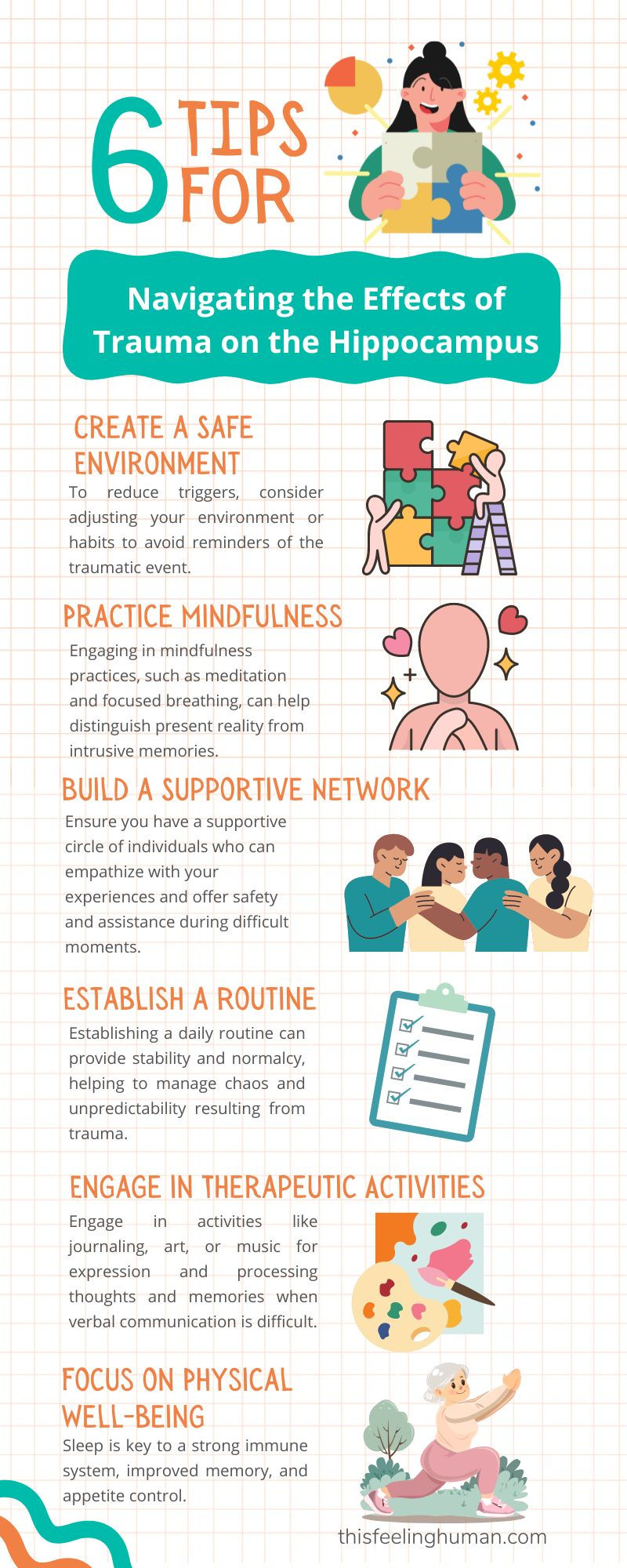The Struggle for Control – Trauma's Impact on the Prefrontal Cortex
- TFH

- May 6, 2024
- 4 min read
Updated: Aug 8, 2024
Trauma's grip on the human mind often transcends the immediate aftermath of the triggering event, lingering in the brain's architecture and influencing its functionality. The prefrontal cortex, a critical player in managing our higher cognitive functions, is especially vulnerable. Serving as the central executive, it oversees our planning, decision-making, and moral compass, distinguishing right from wrong. Yet, in the wake of trauma, its commanding voice dwindles, hampering our capacity to navigate emotions, impulses, and decisions with clarity.
Understanding the Impact of Trauma on the Prefrontal Cortex
Every aspect of our brain's response to trauma has an important story to tell. In my free ebook titled My Guest House, written four years ago, I explored how these responses have a purpose and open doors to our deep-seated thoughts and beliefs.
To help readers understand their trauma better, we partnered with The School of Emotions to promote Emoli Cards for emotional literacy. Each response has a story, an impulse, and a purpose.

Trauma's impact on the brain is one of heightened vigilance and impaired regulation. The amygdala, our brain's alarm system, springs into overdrive following trauma, fixating the mind in perpetual vigilance. This hypervigilance encumbers the prefrontal cortex, impairing its ability to maintain emotional equilibrium. The result is a life marred by unpredictable emotional eruptions—sadness lingering like an unending storm or numbness as pervasive as a dense fog—signaling a profound disconnection and struggle within.
This is why we established Emotions-Based Coaching. By utilizing a combination of Emoli Cards, which reveal the story behind our emotions, Calm3D, an immersive mood regulation tool, and life coaching sessions, we assist our clients in understanding the messages their emotions convey. This approach acknowledges internal parts that may carry collections of memories, including traumatic ones, and acts out patterns of behavior based on beliefs aimed at ensuring our safety
5 Practical Tips for Regaining Control
The journey towards regaining mental harmony after trauma is deeply personal, yet universally grounded in the struggle to recalibrate the brain's internal mechanisms. Here are several strategies to aid in this journey:

1. Practice Mindfulness and Meditation
Mindfulness and meditation can gradually strengthen the prefrontal cortex, augmenting its regulation over the amygdala. The regular practice fosters a state of calm and centering, enabling individuals to navigate emotional upheavals better.
2. Engage in Cognitive Behavioral Therapy (CBT)
CBT can be instrumental in restructuring detrimental thought patterns and fostering healthier cognitive and emotional responses. It's a guided journey towards understanding and altering the narrative of trauma.
3. Incorporate Physical Exercise
Physical exercise fosters overall health and contributes to neurogenesis in the brain. Regular physical activity can enhance cognitive function and emotional resilience, serving as a natural counterbalance to trauma's effects.
4. Seek Social Support
Connecting with others who understand or have experienced similar challenges can be incredibly validating and healing. Support groups, trusted friends, or family can offer the emotional scaffolding needed to navigate recovery.
5. Creative Expression
Engaging in creative activities such as writing, drawing, painting, or music allows for the externalization of internal experiences. It provides a non-verbal outlet for processing complex emotions and traumas.
Finding Your Voice: Breathe and Feel
In all this hustle, it’s easy to lose touch with ourselves, especially our voices - that unique soundboard of who we are. But getting back to it could be simpler than we think. It's all about getting cozy with two things we do every day: breathing and feeling.
Let's Talk Breathing
Breathing isn't just about staying alive. It’s the secret sauce to feeling grounded and present. As we pay attention to our breathtakingly deep, life-affirming gulps of air - we’re stepping into the here and now. It’s like hitting a pause button on the world’s chaos just to be. This is where we start finding our voice, in the quiet calm of our breath.
Feeling is Key
Now, onto the feeling. Our bodies are like storybooks, holding all our experiences, but we're often too rushed to read them. Slowing down to feel what’s going on inside can help us connect with these stories. Happy, sad, jittery, or calm, every sensation is a clue to who we are. Listening to these clues is like getting a direct line to our authentic selves, and that's where our true voice hangs out.

Breathe and Feel Together
Mix breathing with feeling, and you've got a powerhouse combo to find your voice. It’s not about doing something extra; it’s about paying attention differently. Like tuning into a favorite radio station, where the music (your voice) was always playing; you just needed to adjust the dial.
Finding your voice is really about becoming best friends with your breath and sensations. It’s discovering you in the every day, the profound in the simple. So, take a deep breath, feel what’s happening, and let your voice bubble up naturally. It’s there, waiting to be heard, in every breath and feeling.
Conclusion
The impact of trauma on the prefrontal cortex and, by extension, on our lives, signifies not just a struggle for control but an opportunity for profound personal growth and healing. By understanding the neurological aftermath of trauma and actively engaging in recovery strategies, there exists a hopeful path toward reclaiming the mind's harmony and balance. The journey may be fraught with challenges, yet each step forward, no matter how small, is a testament to the resilience of the human spirit.

Comments